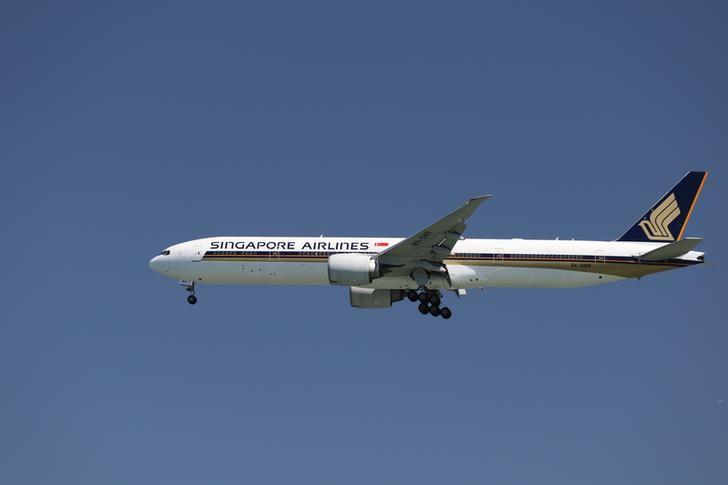
Last week, a Singapore Airlines flight encountered severe turbulence on its way from London to Singapore and had dropped 54 meters (178 feet) in less than five seconds, leading to the death of one person and injuring many of the 211 passengers and 18 crew members onboard.
Following the incident on flight SQ321 on May 21, the flight diverted to Bangkok's Suvarnabhumi Airport, where it was received by medical services.
Rapid change in gravitational force?
On Wednesday, the preliminary findings of an investigation led by Transport Safety Investigation Bureau of Singapore revealed that a rapid change in gravitational force and a 54-metre altitude drop caused injuries.
The report mentions, "The rapid changes in G [gravitational force] over the 4.6 sec duration resulted in an altitude drop of 178 ft, from 37,362 ft to 37,184 ft. This sequence of events likely caused the injuries to the crew and passengers."
The report added that the changes in gravitational forces "likely resulted in the occupants who were not belted up to become airborne." It further stated that they then almost immediately fell back down as vertical acceleration turned negative.
Seat belt-fastening signals were switched on
According to the report, which is based on flight data recorder and cockpit voice recorder data, the pilots engaged controls in an attempt to stabilize the aircraft while gravitational forces were fluctuating. The report also claimed that seat belt-fastening signals were switched on as the incident unfolded.
The report said the aircraft was over Myanmar, "likely flying over an area of developing convective activity" when the incident took place. Convective activity is linked to temperature shifts in the air, which can cause currents that lead to turbulence.
Singapore Airlines also released a statement on social media, claiming that it had acknowledged the findings of the investigation and that it was cooperating on it with relevant authorities. The airline said, "The safety and well-being of our passengers and staff are our top priorities."
The statement added, "We are committed to supporting our passengers and crew members who were on board SQ321 on that day, as well as their families and loved ones. This includes covering their medical and hospital expenses, as well as any additional assistance they may need."
No hot drink and meal services when seat belt signs are on?
Singapore Airlines also revealed that it had adapted its seat belt policy to a "more cautious approach" to turbulence following the incident. The new policy shows that the airlines will no longer run hot drink and meal services when seat belt signs are switched on.
In addition, flight data also showed that journeys between London and Singapore had taken a slightly different route since the incident, avoiding the area where the incident had occurred.
According to the U.S. National Transportation Safety Board, turbulence-related incidents are the most common type of accident commercial airlines experience. However, severe injuries are rare.








